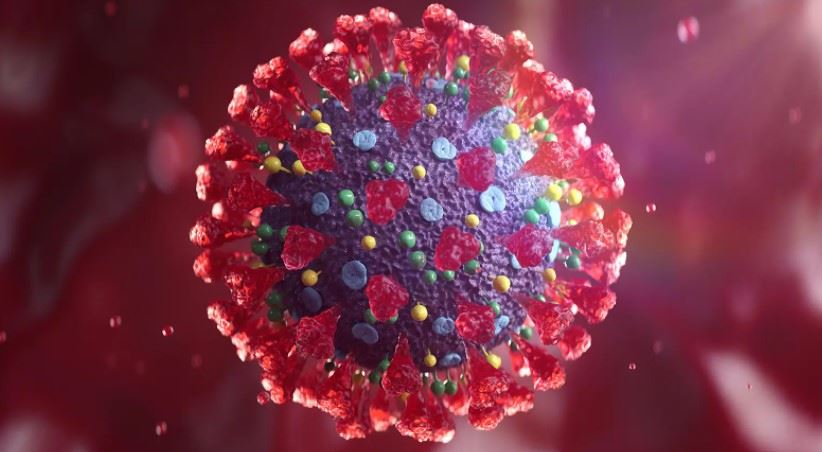 Just under one-third of Illinois counties are at the level where masks are recommended in indoor public spaces, according to data released Thursday by the Centers for Disease Control and Prevention. [Health News Illinois]
Just under one-third of Illinois counties are at the level where masks are recommended in indoor public spaces, according to data released Thursday by the Centers for Disease Control and Prevention. [Health News Illinois]
IDPH reported 5,116 new COVID-19 cases and 24 deaths on Thursday.
Thirty-three counties are at a “high” community level of COVID-19, down nine from the prior week. Forty-eight counties are at a “medium” level, up nine from the prior week.
As of Wednesday, 1,375 Illinoisans were in the hospital with COVID-19, up 12 from Tuesday and down 62 from the prior week.
Of the patients in the hospital, 148 were in intensive care units, up three from Tuesday and down 12 from the prior week. Twenty-one percent of Illinois’ ICU beds were available, up 1 percentage point from the prior week.
There were 63 patients on ventilators, up eight from Tuesday and up seven from the prior week.
The new cases bring the state total to 3,666,458, while the death toll is at 34,664.
The seven-day average for new cases on Thursday was 3,625, up 205 from the prior week. The seven-day average for daily deaths is 12, up three from the prior week.
The seven-day case rate per 100,000 people is 28.5, up 1.7 from the prior week.
Illinois vaccinators have administered 23,206,696 COVID-19 vaccines, including 4,743,943 booster doses. The seven-day average for doses administered is 6,979.
###
